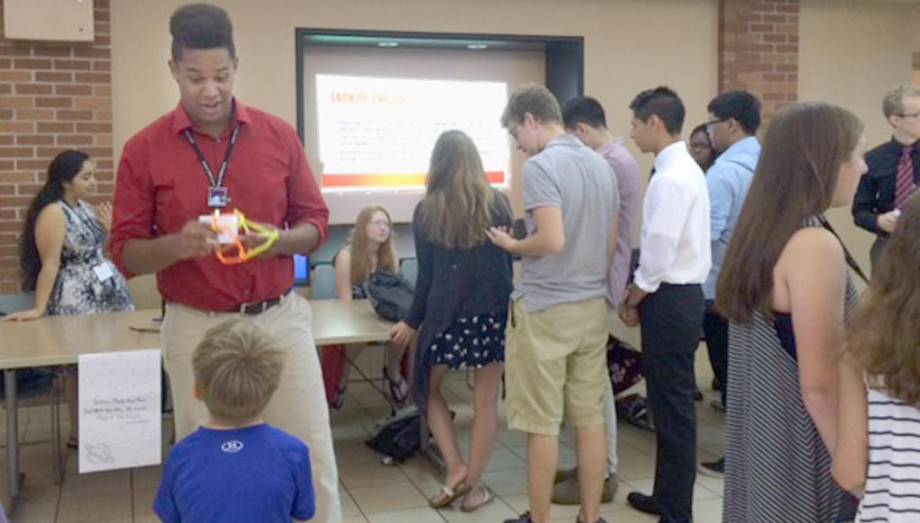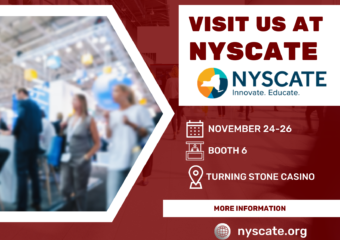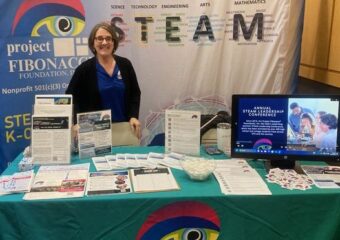
Coming off a week of days filled with workshops, team projects, tours, lectures by guest speakers and even exercise sessions, organizers of the Project Fibonacci STEAM Youth Conference are now looking forward to a second edition next year.
The 100-plus high school and college students weren’t even on their way home after the final program last Saturday and the tentative dates for next year’s version were already selected, July 30 to Aug. 5.
“It was highly successful,” said Andrew L. Drozd, president and chief scientist at ANDRO Computational Solutions LLC. He and his company initiated the idea of bringing young people together for a period of intense immersion in the areas of science, technology, engineering, arts and mathematics — and their interconnectivity — to positively motivate and enlighten them. With help from sponsors and volunteers, the event was based at The Beeches.
The design of the conference was to improve the effort in preparing young people for the world by teaching them that they don’t just have to be one thing – that they can be many things: a scientist, an author, an artist, a musician, a physicist, a mathematician. He’d love to see attendees pursue an academic and a career path that is rewarding, and one that will keep them more rooted to upstate. A majority of the students came from Oneida and Madison counties.
“It’s a mixture of things that make the well-rounded scholar,” said Drozd. The goal was to assemble a “week full of content” for the participants.
The project’s name refers to the famous Fibonacci number sequence discovered by Italian mathematician Leonardo Fibonacci in the early 13th century.
The keynote speakers certainly fit the concept of bringing a mix of “this and that” to the table.
For example, there was Alan Bean, who is a former naval officer, aviator, engineer test pilot and NASA astronaut who was the fourth person to walk on the moon. Bean also pursued his interest in painting to depict his various space-related scenes to document his experiences.
Then there was Alan Alda, an actor, writer and director who is probably best known among older people for his role as Hawkeye Pierce in the “M*A*S*H” TV series. But more recently he’s committed himself to working on behalf of science communication.
The students also heard from Chris Hadfield, a man of many firsts. He was the first Canadian to operate the first robotic manipulator system designed specifically for use in space, walk in space and command the International Space Station. He harnessed the power of social media to make outer space accessible to millions. He’s also lived on the ocean floor, been NASA’s director of operations in Russia, and recorded science and music videos seen by hundreds of millions.
“I think it went pretty well,” said Daniel J. Kostelec, STEAM outreach coordinator at ANDRO, of the speaker series.
Both Drozd and Kostelec said they are looking at ways to make next year’s high-profile speakers’ presentations more easily accessible to the community, including the possibility of more programs at night. Most of them during the inaugural conference were held during the day and attendance by the public was light. On the other hand, Alda’s nighttime appearance attracted some 400 people, not counting the STEAM scholars, said Kostelec.
Drozd hopes next year’s lineup of speakers is “equally, if not more so, prestigious” than this year’s. He’d like to bring in Neil deGrasse Tyson, an American astrophysicist, cosmologist, author and science communicator. He’s the director of New York’s Hayden Planetarium and the author of 12 books.
Some format tweaking is likely. Kostelec said more free time may be built into the schedule and perhaps a later start in the morning for formal programming. Drozd said the comments made by the students at the nightly debriefing sessions during the conference and on an exit survey are being examined.
The ANDRO founder said a career expo did not attract as much participation from companies and schools as he had hoped to see. He said one of the students specifically commented afterward on the small presence of colleges and universities.
There are no regrets at ANDRO.
Said Kostelec: “Better than we could have hoped for a first-year event,”
“I think we only scratched the surface,” said Drozd. “I truly want to thank all of the sponsors.”
His dream is to make the conference an annual showcase event that ultimately helps lead to the development of a scientific research and technical arts and sciences campus at The Beeches.



